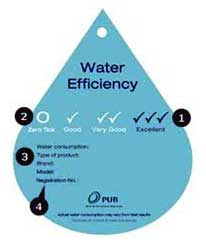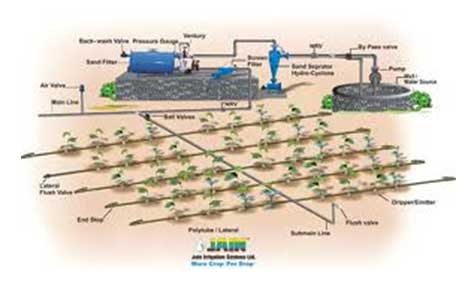FEIAP Green Design Guide – Residential Building
Click Here to View Example 16
2-2 Water Usage
Provision of sub-meters to monitor the major water usage such as irrigation, swimming pools and other water features.
2-3 Irrigation System
Provision of suitable systems that utilise rainwater or recycled water for landscape irrigation to reduce potable water consumption.
(a) Use of non potable water including rainwater for landscape irrigation.
(b) Use of water efficient irrigation system.
- Drip irrigation systems
Drip irrigation system can be a great way to save because they put water only where you want it. Unlike a soaker hose, which emits water all along its length, a drip system delivers water directly to plants’ roots, which cuts down on waste and also reduces weeds
Part 3: Environmental Protection
3-1 Sustainable Construction
Encourage the adoption of building designs, construction practices and materials that are environmentally friendly and sustainable.
(a) More efficient concrete usage for building components.
(b) Conservation of existing building structure.
- bunkers into museums
(c) Use of sustainable materials and products in building construction such as:
- i. Environmental friendly products that are certified
- steel instead of concrete – speed of construction, lightweight, environmentally friendly and greater financial savings
- ii. Products with at least 30% recycled content by weight or volume.
- Use of waste concrete for non-structural components e.g. partition walls, road kerbs
(d) Building and material reuse(10% out of total cost of the new material)
- Recycled steel
(e) Product with at least 30% recycled content by weight or volume
(f) Use locally or regionally produced materials which boost the local economy and reduce transportation cost and environmental strain.


